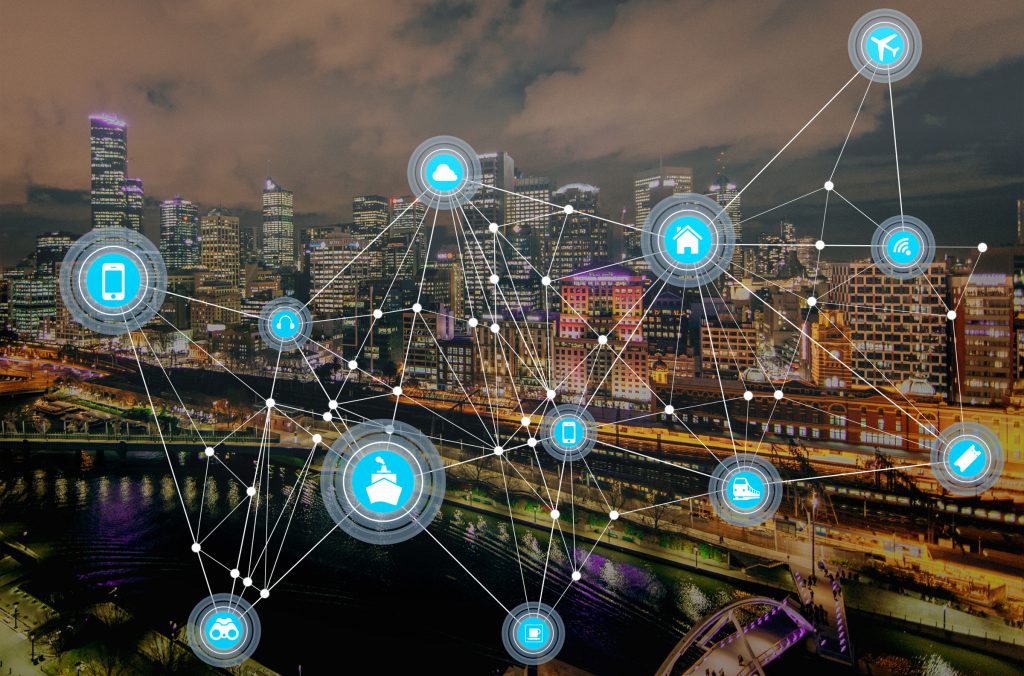
Author: Future Manager Research Center
Currently, artificial intelligence (AI) is a technology in continuous evolution, emblem of numerous innovations in several sectors, not only in the more technological ones.
However, what would happen if AI was applied in order to make cities around the world safer from a sustainable perspective? The team of researchers at NSF NHERI SimCenter, a computational modelling and simulation centre for the natural hazards engineering community based at the University of California, Berkeley, answers this question.
In charge of this project we find the researcher Charles Wang, who has developed with his collaborators a series of tools gathered under the name BRAILS (Building Recognition using AI at Large-Scale), which includes the use of different technologies, such as machine learning, deep learning and computer vision.
Therefore, this innovation has the purpose of automatically extracting specific information and identifying peculiar characteristics about the built environment through satellite images, providing a complete view of it. It is also able to identify any natural disaster, such as earthquakes, tsunamis or hurricanes, which could hit inhabited centres.
Furthermore, what makes the work of these tools more reliable are the data from various sources, institutional and non-institutional, such as Microsoft Footprint Data, OpenStreetMap, tax records and city surveys.
Essentially, the main objectives behind this project lie in the identification of an optimal method to limit the damages caused by natural disasters and in the possibility of recreating real scenarios in order to ensure a prompt and precise response in critical moments.
In accordance with these premises, it is clear that BRAILS could be an indispensable tool for urban planning experts, such as engineers and architects. Through this suite, it will be possible to plan and manage more efficiently the entire urban and the infrastructure systems.
